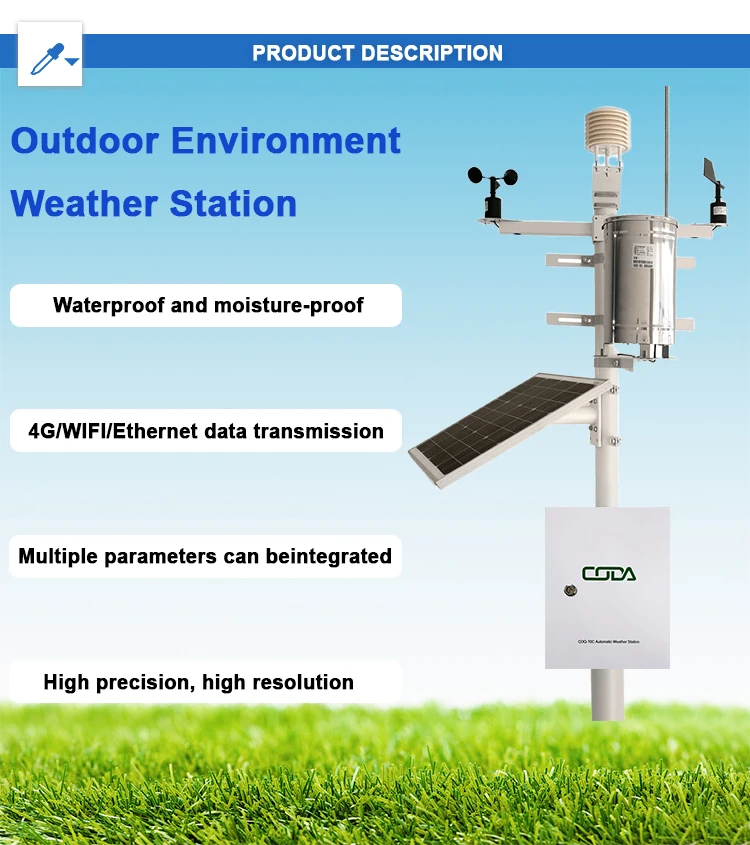
本身
html
The Pros and Cons of Automatic Weather Stations
Automatic Weather Stations (AWS) have revolutionized the way we collect and analyze weather data. These systems provide real-time meteorological information with minimal human intervention, making them invaluable for various industries. However, like any technology, AWS comes with its own set of advantages and disadvantages. Let’s explore both sides to understand their impact better.
Advantages of Automatic Weather Stations
1. Real-Time Data Collection
One of the biggest advantages of AWS is their ability to provide real-time weather data. Unlike manual stations, which require periodic readings, AWS continuously monitors and transmits data, enabling faster decision-making for agriculture, aviation, and disaster management.
2. Reduced Human Error
Since AWS operates autonomously, it minimizes the risk of human errors in data collection. This leads to more accurate and reliable weather forecasts, which are crucial for sectors like farming and transportation.
3. Cost-Effective in the Long Run
While the initial setup cost may be high, AWS reduces long-term operational expenses by eliminating the need for constant manual monitoring. This makes them a cost-effective solution for governments and private organizations.
4. Remote Accessibility
Many modern AWS are equipped with wireless connectivity, allowing meteorologists to access data from anywhere. This is particularly useful for monitoring weather in hard-to-reach or hazardous locations.
Disadvantages of Automatic Weather Stations
1. High Initial Investment
The sophisticated technology used in AWS comes with a significant upfront cost. This can be a barrier for small organizations or developing countries looking to implement weather monitoring systems.
2. Maintenance Challenges
While AWS require less human intervention, they still need regular maintenance. Technical failures or sensor malfunctions can lead to data gaps if not addressed promptly.
3. Limited Flexibility
Unlike human observers, AWS cannot adapt to unusual weather phenomena or make judgment calls. They follow predefined parameters, which might miss subtle changes in weather patterns.
4. Power Dependency
Most AWS rely on continuous power supply, making them vulnerable during power outages. While some have backup systems, extended power failures can disrupt data collection.
Conclusion
Automatic Weather Stations offer numerous benefits, from real-time data to reduced operational costs. However, their high initial investment and maintenance requirements are important considerations. As technology advances, we can expect AWS to become more affordable and reliable, further enhancing their role in weather monitoring and forecasting.